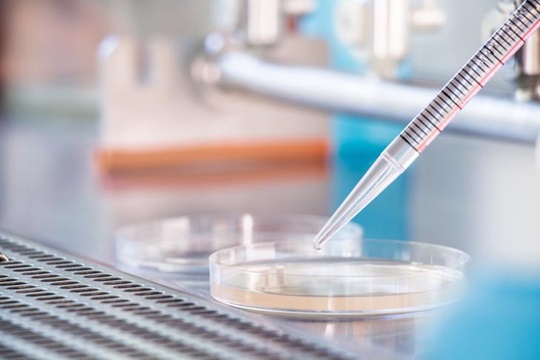Modes of Transmission

This chemical compound belongs to the group of guanidines and is a strong base, practically insoluble in water. Combined with salts, chlorhexidine can yield different levels of water solubility. Chlorhexidine digluconate, which is a salt of chlorhexidine and gluconic acid, is most commonly used. It cannot be isolated as pure, solid substance and therefore is mainly marketed as 20 % aqueous solution.
Chlorhexidine digluconate features bacteriostatic activity; the spectrum depends on the use-solution's pH value. Chlorhexidine digluconate is primarily used as preservative and basic active ingredient in disinfectants.It shows gaps in activity against bacterial spores and only features little activity against many nonenveloped viruses. MRSA and several other Gram-negative bacteria may develop resistances to chlorhexidine.
Compared to Alcohols, chlorhexidine acts more slowly. Due to the resistances and the limited spectrum of activity, chlorhexidine is of no advantage to hand disinfection. However, the active ingredient has proved its worth in catheter care for the disinfection of puncture sites, e.g. for central venous catheters (CVC).
